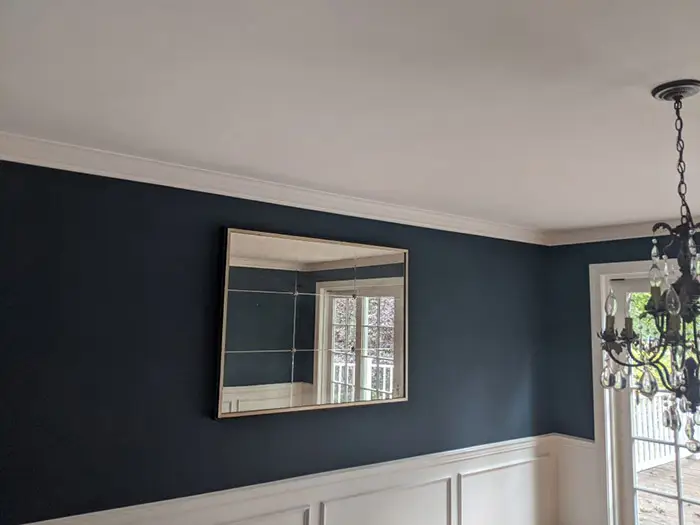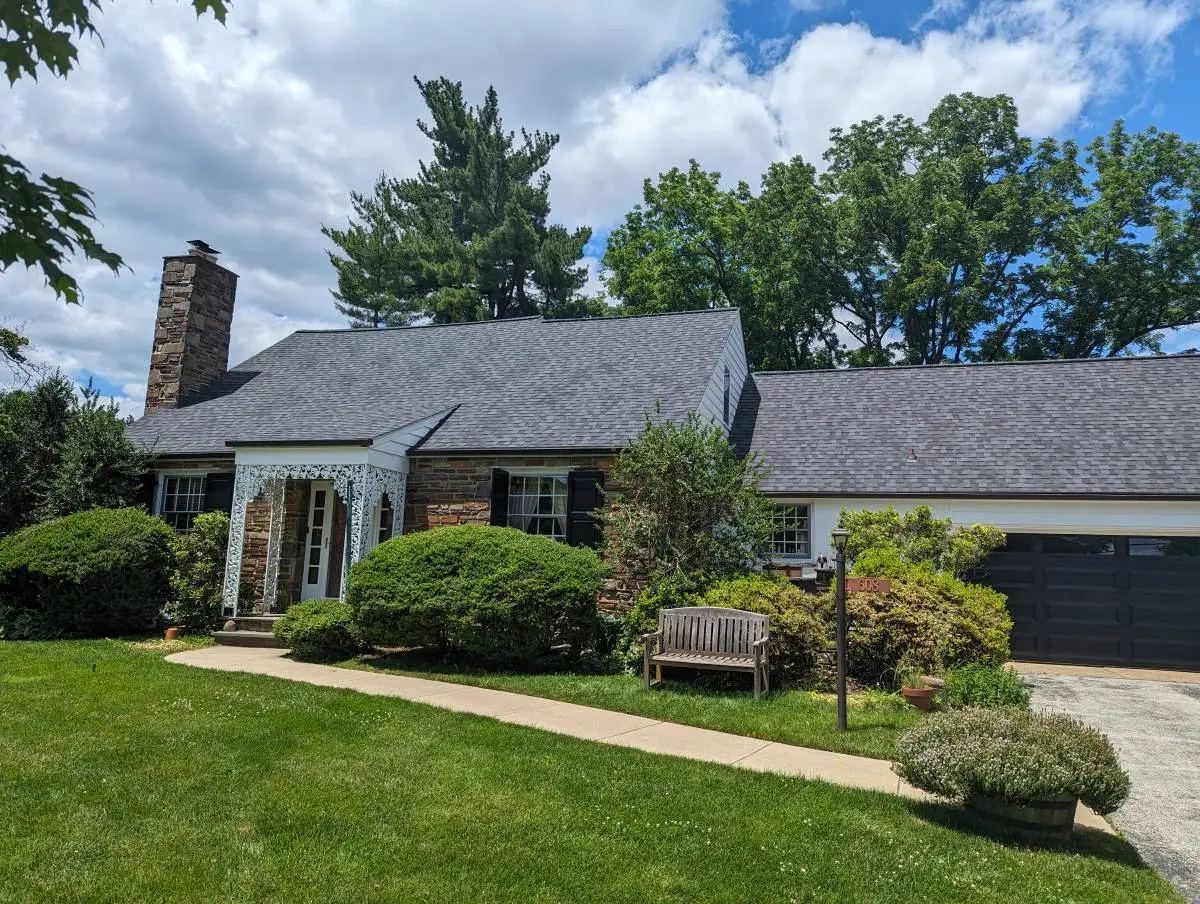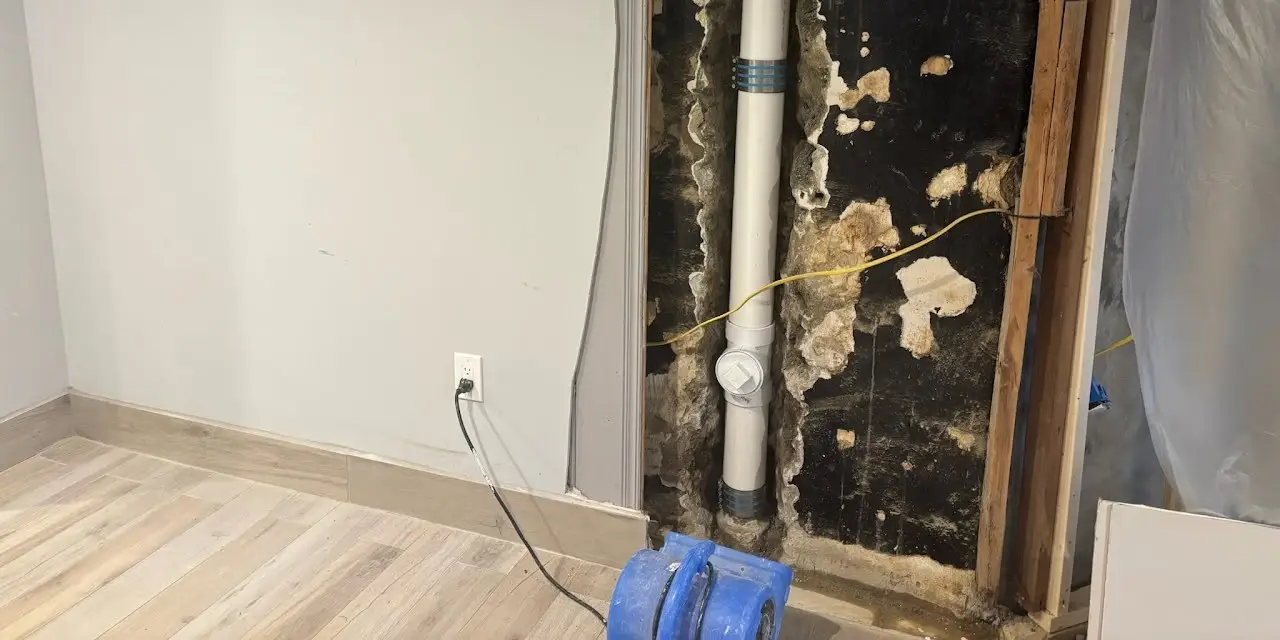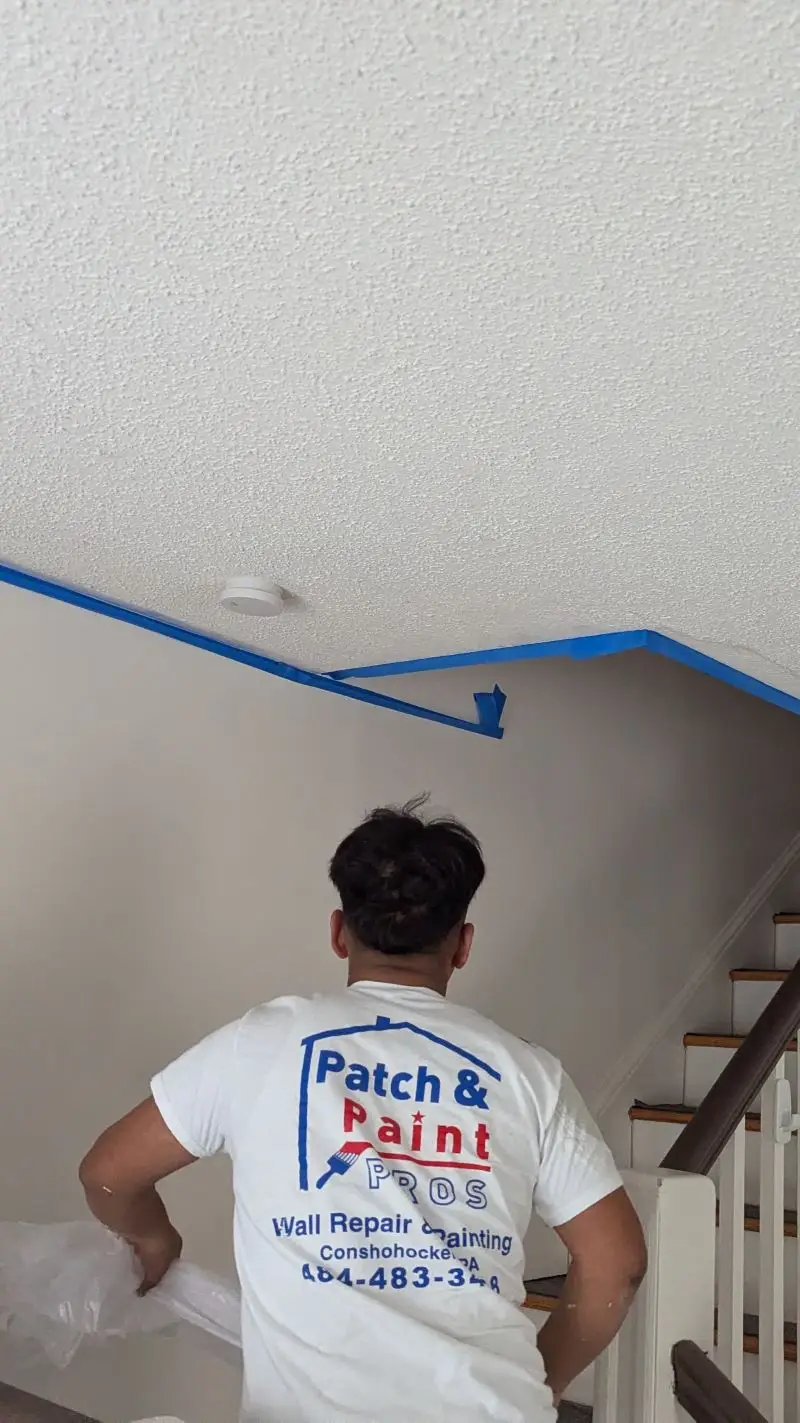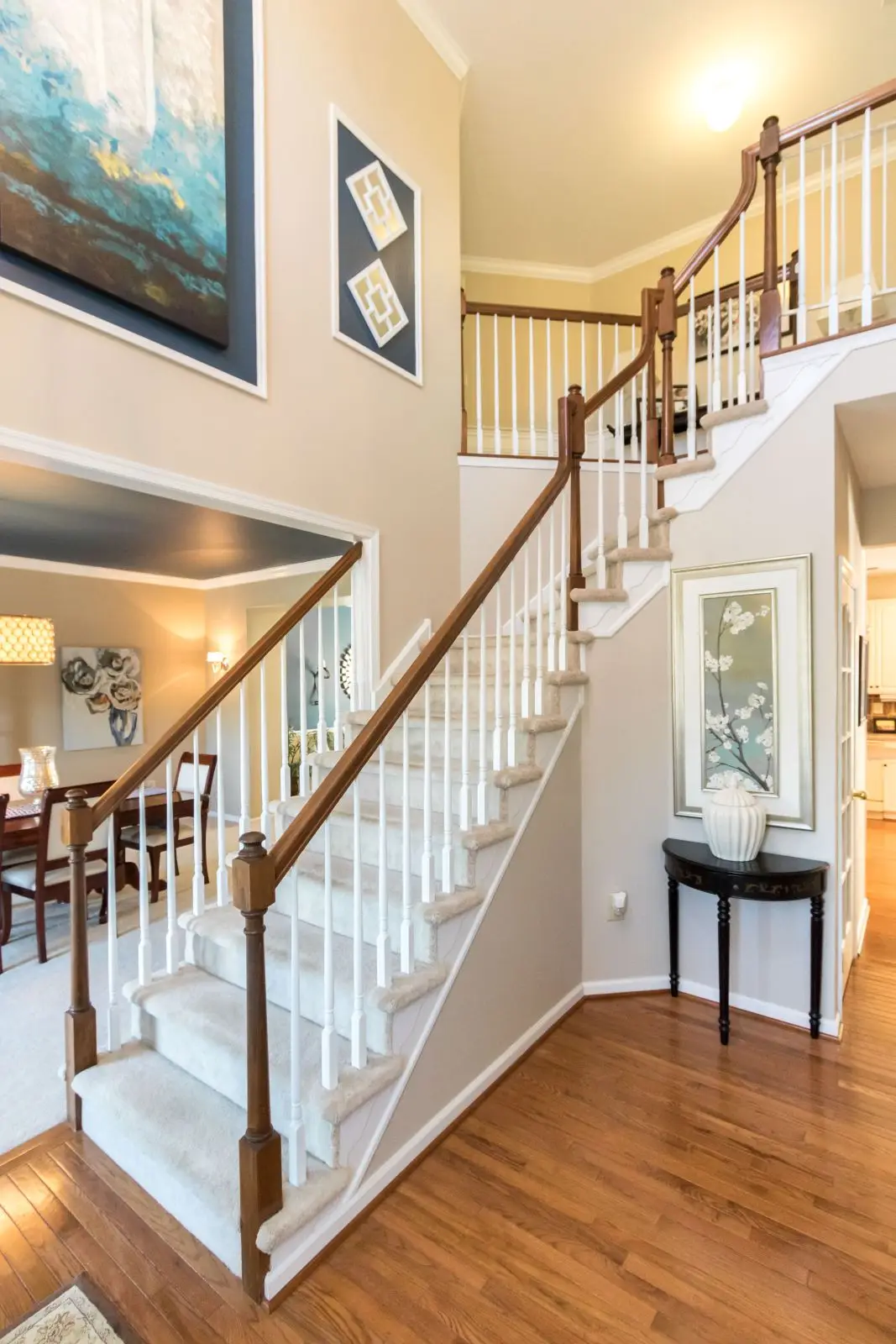Painting your office can be a daunting task, especially when it comes to choosing the right color scheme. But with some careful consideration and planning, you can create a look that is both aesthetically pleasing and reflective of your own personal style.
In this article, we’ll provide helpful tips on how to create a perfect color scheme for your painting project. From selecting complementary colors to creating unique accent walls, there are plenty of ways to make sure your office looks its best.
With just a little bit of know-how, you’ll have an office space that’s sure to impress! So let’s get started – read on for all the advice you need for crafting an ideal color palette for your next paint job.
Choosing The Right Colors
Additionally, consider the role of natural light in your color choices. Rooms with large windows or plenty of natural light tend to look best with neutral colors that can reflect and amplify the natural light. On the other hand, rooms with less natural light may benefit from bolder colors to add warmth and vibrancy.
It’s also helpful to have a basic understanding of color theory. Colors that are opposite on the color wheel, such as blue and orange or red and green, can create a striking contrast when used together. However, using too many bold colors can be overwhelming, so it’s important to balance them with neutral tones.
By using these techniques and considering factors such as natural light and color theory, you can confidently choose the right colors for your office painting project.
Utilizing The Color Wheel
Choosing the right colors for an office painting project can be a daunting task, but there are ways to simplify the process. Start by looking at the existing colors in the space and using them as a starting point for your palette. Next, seek inspiration from trends and imagery that match your desired style.
Consider seeking the help of a color expert who can guide you in selecting the right bright colors to add energy and personality to your space. A color expert can help you identify complementary shades and create a cohesive scheme that will make your office feel welcoming and professional.
Once you’ve settled on an overall palette of colors, the next step is creating contrast with accent walls. Accent walls provide added visual interest without overwhelming the rest of the room and are a great way to introduce new hues into a room’s design.
By taking advantage of different textures and finishes, you can further enhance this look by highlighting certain areas like furniture pieces or workspaces against other sections within the office.
Creating Contrast With Accent Walls
Let’s start by talking about choosing a color for our accent wall. We need to pick something that will create contrast with the other walls in the room.
Next, let’s discuss some painting techniques we can use to add visual interest to the accent wall. Finally, let’s consider how we can use accent colors to create a sense of visual interest in the space.
Choosing A Color
When it comes to choosing a color for your office painting project, creating contrast with accent walls is an effective way to make the space interesting. Consider mixing shades and controlling saturation levels in order to create subtle but impactful differences between different colors within the same family.
As such, you can ensure that your color scheme creates visual interest without being overwhelmingly bright or gaudy. Ultimately, this will result in an eye-catching yet sophisticated look that suits your office style.
Painting Techniques
Now that you have an idea of the colors to use, it’s time to move on to painting techniques. Painting tools like brushes and rollers can be used to create a variety of textures, while mood colors such as ombre and color-blocking offer more creative options for creating contrast with accent walls.
Depending on your desired effect, you may opt for a stippling technique or choose muted tones for a softer look. Whatever your choice is, proper planning and research are key when it comes to selecting the best painting technique for your office style.
Visual Interest
Now that you have an idea of the colors and painting techniques to use, it’s time to start thinking about visual interest. Visual balance is important when creating contrast with accent walls, as harmonious hues can help create a pleasing aesthetic in any office space. To achieve this, consider adding texture or pattern to your design for added depth and dimension. With these tips, you’ll be able to add some visual flair to your walls without going overboard!
Selecting A Color Palette
When selecting a color palette for an office painting project, it’s important to consider the overall feel of the space. Mixing tones and pairing hues can help create a harmonious environment that is both inviting and calming.
Consider using lighter shades to give off a more open feeling while utilizing darker colors in small amounts to ground the room with sophistication. Coordinating your color scheme around one or two accent walls draws attention away from any flaws or imperfections, creating the illusion of perfection. The possibilities are limitless; you could go with warm neutrals combined with cool blues, soft pastels paired with bright oranges, or anything else you like!
The final step before applying the finishing touches is deciding on trim colors and whether to use glosses or satins. Trim colors should complement wall colors without competing for attention. Glossy finishes tend to reflect light better so they’re perfect for highlighting certain areas in smaller rooms, whereas matte textures absorb more light and provide good coverage when dealing with uneven surfaces.
With careful consideration of all these elements, you’ll be able to craft a unique look that perfectly suits your office’s vibes. From here on out, it’s all about putting those creative skills into practice!
Applying The Finishing Touches
When embarking on a painting project, it is essential to consider the impact of color and texture. Now that you have settled on your desired colors for your office space, it’s time to take things one step further by applying the finishing touches.
To achieve this goal, mix textures with harmonizing tones in order to bring out the best in each color. For example, pairing warm earthy hues with wood accents can create a cozy yet stylish atmosphere. Similarly, pastel pinks or blues paired with white furniture pieces can help brighten up any room without sacrificing comfort.
The key to successfully mixing textures and tones is balance: too much of one thing will make the overall look feel overwhelming while not enough may leave the room feeling incomplete. Therefore, strive for harmony by finding just the right combination of materials and elements which complement each other beautifully.
By doing so, you’ll be able to transform your office into an inviting oasis that reflects your personal style!
Final Thoughts
To conclude, creating a cohesive color scheme for your office painting project doesn’t have to be daunting. Utilizing the color wheel and selecting a palette that includes both neutral and accent colors can help you create an inviting atmosphere.
For example, I recently painted my own office with shades of grey, blue and green. The walls were done in varying shades of grey while the trim was painted bright white to make everything pop. For accents, I added some soft blues and greens throughout the room to create just enough contrast without making it too busy or overwhelming.
By following these steps, you’ll be able to find the perfect combination of colors for any painting project!

